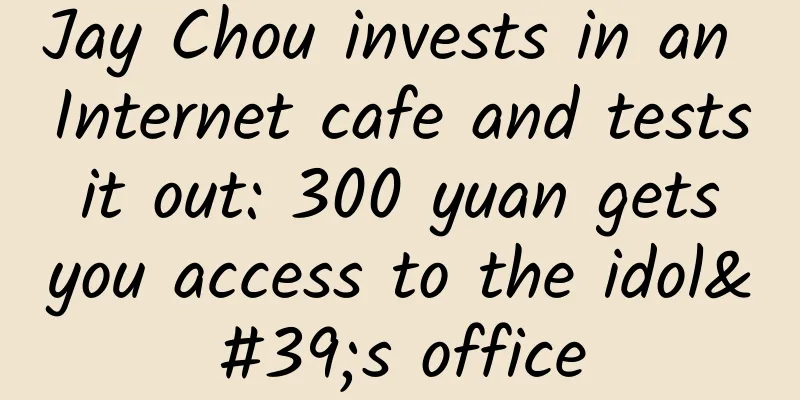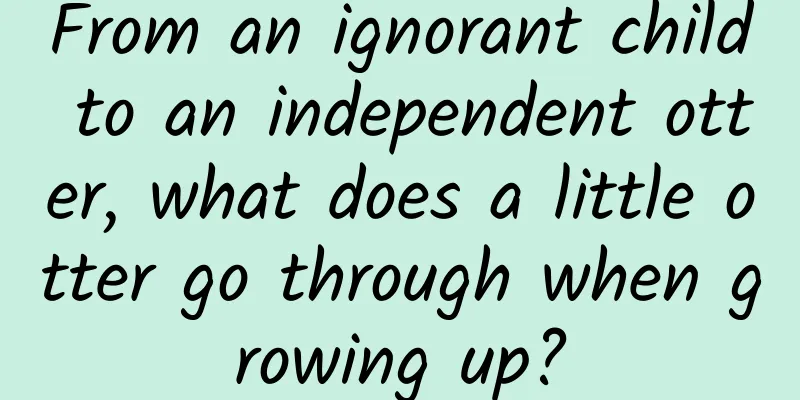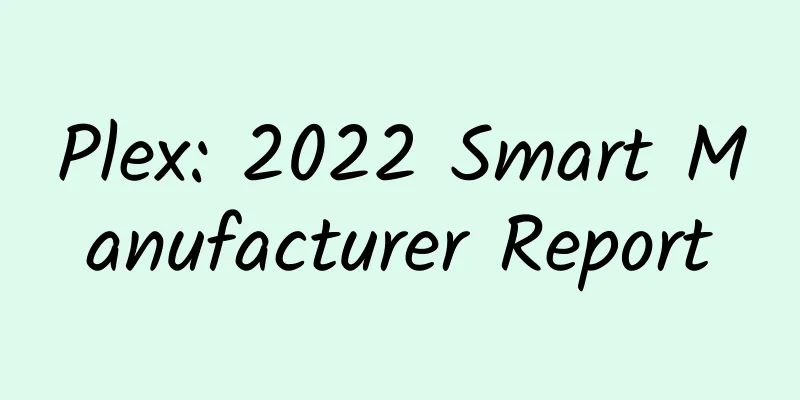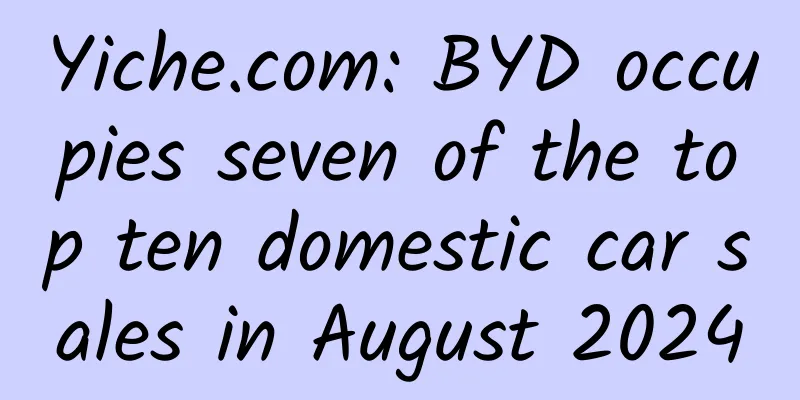A complete marketing planning template!

|
The complete market plan is mainly divided into the following major sections. In the process of strategy writing, it is divided into the following three steps according to the strategy priority, which are connected before and after. To avoid wasted work, try to determine the first part before starting the second part! Program directory, remember this! The overall structure of the plan: Let’s talk about the first part first: product positioning and packaging 1. Topics Reviewing the Brief requirements (taking a game product as an example), the overview includes: 1. Product features 2. Target group; 3. Main competitors; 4. Slogan for the current stage; 5. Market target, etc. [Subject to the actual Brief and specific circumstances] For example: Sort out the problems that need to be solved, including: 1.What: What are we mainly promoting? 2. When: What is the timing and rhythm of the promotion? 3.How: How to promote? 4.Where: Through what channels will the promotion be carried out? 2. Product Analysis Specific analysis of the product itself, including: 1. Game introduction; 2. Product tone; 3. Product impression; 4. Product features; 5. Core interest points, etc. For example: 3. Market Analysis The main competitive product analysis includes: 1. Competitive product gameplay; 2. Competitive product characteristics; 3. Competitive product market background; 4. Competitive product communication highlights, etc.; [Subject to actual needs, analyze as appropriate] For example: 4. User Research The research content can be conducted separately according to game players and target users (competitors’ players). The players’ opinions should be summarized and refined to facilitate subsequent deductions.
•User attributes •Game hobbies •Focus on the game, satisfaction and dissatisfaction, and expectations 2. User structure (user portrait) Based on the results of user surveys, users are divided into different levels according to severity , and the corresponding user characteristics are described. For game products where the hierarchical division is not obvious, user portraits can be extracted based on user surveys and Baidu Sinan results. 3. User analysis Combining user characteristics and product main selling points, we can analyze what kind of product entry point can impress different users in promotion and publicity. The content should include: • Player classification • Player characteristics description • Product entry point 4. User Insights Combined with previous user analysis, we know that different users will be impressed by corresponding product entry points, and then we can explore the psychological insights of different users. User psychological insights describe the experiences or emotions that users desire to get or feel from the game. 5. Product Positioning Product positioning is a combination of product selling points, market differentiation points, and user psychological insights. This positioning should be: The image of the game presented to users 6. Spread the slogan Combine product selling points and players’ emotional appeals to produce a communication slogan. Slogan highlights include: • Fit the product characteristics and communication positioning • Be provocative and appealing • Be fluent, catchy and easy to spread 7. Creative Display The content of creative presentation depends on the actual situation of each case. Common creative forms include: • Main KV (explain the communication theme/slogan) • Series KV (Product Features Series KV) •Video creativity (viral video/CG/brand video/micro-film/…) •Outdoor creativity (subway scene/AR/…) So far! The first part of the plan (product positioning and packaging) is completed! There should be applause here (*╹▽╹*) ========================================================== Let’s start the second part ( market strategy and implementation ): 1. Strategic thinking Based on the slogan and product positioning, according to the goals, market operations and user insights, strategic thinking is carried out to come up with core strategies and phased strategies; 2. Promotion Planning The overall promotion plan includes: 1. Overall Strategy (one sentence definition) 2. Timeline 3. Stage theme 4. Events corresponding to each stage 5. Target users at each stage 6. Promotion channels (optional) 7. Examples Phase strategy: 1. Stage theme 2. Phase strategy 3. Stage goals 4. Stage events 5. Target group at this stage 4. Specific Marketing Activities The description of the landing activities includes: 1. Activity time 2. Purpose of the activity 3. Overview of the activity 4.Activity Process 5. Promotion channels (optional) 6. Examples Author: Zhihu@阿琪 Source: Zhihu |
<<: Grasp 20 human weaknesses and you will be an operation master
>>: Don’t know how to plan advertising? Here is a complete set of templates!
Recommend
The “average number of pages visited” is very low (the “average visit depth” is very low). What does this mean?
"Average Pages Visited" indicates the a...
Practical methodology to improve SEM bidding promotion effect by 70%!
1. Introduction to SEM bidding Here, I need to sa...
How to put your own store on WeChat mini program? Where is the WeChat mini program?
Q: How do I put my store on the WeChat mini progr...
3 ways to promote user activity in e-commerce apps
As an e-commerce operator , you often have to men...
How to increase the click-through rate of game information flow ads?
How come game advertising is in such a mess? 01 O...
What exactly is the 2.5D glass that manufacturers are always boasting about? Is it very powerful?
Since the release of iPhone 6 last year, there ha...
Why do the leaves of the sycamore look like little palms?
Author: Hao Yun Reviewer: Wang Kang, Director of ...
Get the complete version of search engine (SEM) marketing promotion methodology!
Search engine marketing (SEM) may be a concept th...
New breakthrough in smart agriculture: AI helps agricultural planning
Content at a glance: The United Nations predicts ...
A serious fire broke out in a 42-story building in Hong Kong, China! How much time is left for the trapped people to escape?
On March 2, 2023, a fire broke out in a 40-story ...
The payment war between WeChat and Alipay is still escalating. Can the banks’ counterattack win back lost customers?
The popularity of WeChat and Alipay has driven th...
Is dandruff just caused by insufficient cleaning?
This article was reviewed by: Xiaobo Zhou, Doctor...
We all know that playing with mobile phones is harmful to our eyes, but did you know that it can also shorten your life?
Sitting in front of the computer for 8 hours at w...
When will the Qingdao epidemic end in 2022? When will it be unblocked? Attached the latest news
Recently, the first city in Shandong Province to ...
Frequently asked questions about server rental?
Various problems are likely to arise during the s...









